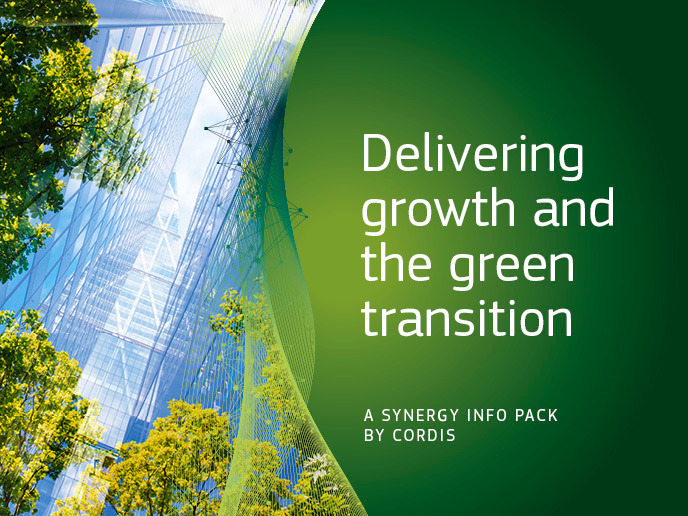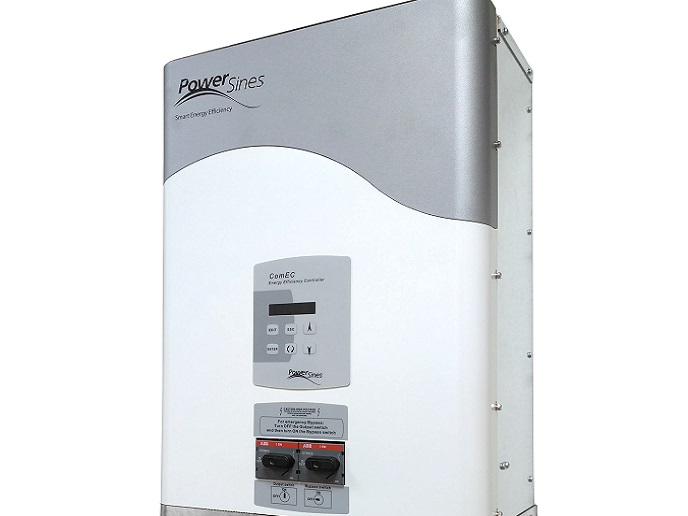Towards Generation IV nuclear reactors
From the Generation I reactors developed during the 50's, nuclear reactors have evolved over the years into safer and more cost-efficient designs. Typically, a reactor consists of the fuel, the fuel cladding, a moderator, a coolant, control rods, a pressure vessel and a containment structure. Depending on the fuel used and moderator material, the cooling circuit and the coolant there are various types of reactors used today. This EC funded project focused on the GCFR technology showing that it is one of the most prominent concepts of reactors to be realised in the future. Having conducted a review study on previous feasible GCFR technologies, the next generation GCFR concept could be grounded on a combination of the gas cooled thermal reactor and the fast reactor core (European Liquid Metal Fast Reactors). In addition, the project evaluated the main safety characteristics and the safety feasibility of this innovative concept. Furthermore, extensive research was conducted on the integration of a GCFR into the nuclear fuel cycle. With a view to the future fast reactors have shown increased potentialities in satisfying both safety and cost-effectiveness operational criteria. Until now, liquid sodium has been considered as a coolant for most fast reactors, however, a gas coolant displays increased advantages in terms of in-service inspection, coolant chemical risks, core safety parameters and wastes incineration. The project's findings not only support the viability of the GCFR technology, but its safety, effectiveness, self-sustainability and flexibility aspects as well.







